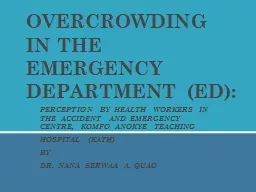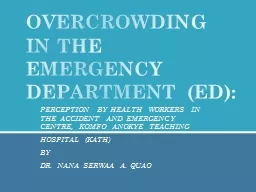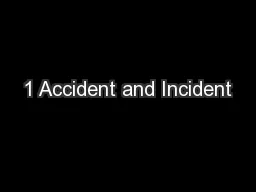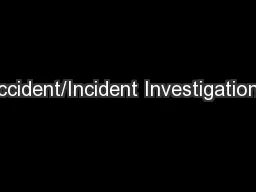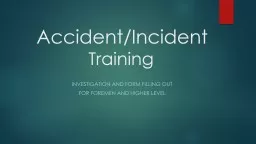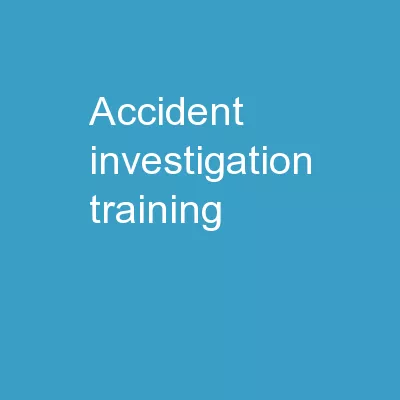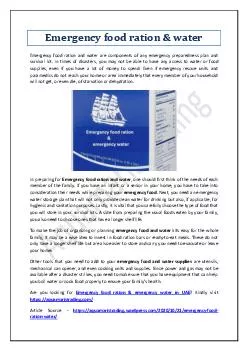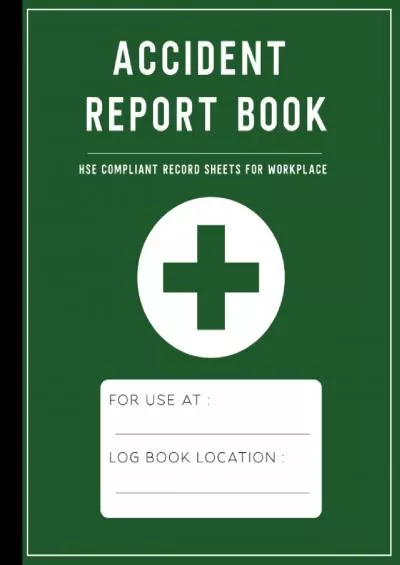PPT-PERCEPTION BY HEALTH WORKERS IN THE ACCIDENT AND EMERGENCY
Author : mitsue-stanley | Published Date : 2017-12-27
HOSPITAL KATH BY DR NANA SERWAA A QUAO OVERCROWDING IN THE EMERGENCY DEPARTMENT ED DR GEORGE ODURO DR JOE BONNEY DR PAA KOBINA FORSON COAUTHORS INTRODUCTION PURPOSE
Presentation Embed Code
Download Presentation
Download Presentation The PPT/PDF document "PERCEPTION BY HEALTH WORKERS IN THE ACCI..." is the property of its rightful owner. Permission is granted to download and print the materials on this website for personal, non-commercial use only, and to display it on your personal computer provided you do not modify the materials and that you retain all copyright notices contained in the materials. By downloading content from our website, you accept the terms of this agreement.
PERCEPTION BY HEALTH WORKERS IN THE ACCIDENT AND EMERGENCY: Transcript
Download Rules Of Document
"PERCEPTION BY HEALTH WORKERS IN THE ACCIDENT AND EMERGENCY"The content belongs to its owner. You may download and print it for personal use, without modification, and keep all copyright notices. By downloading, you agree to these terms.
Related Documents

